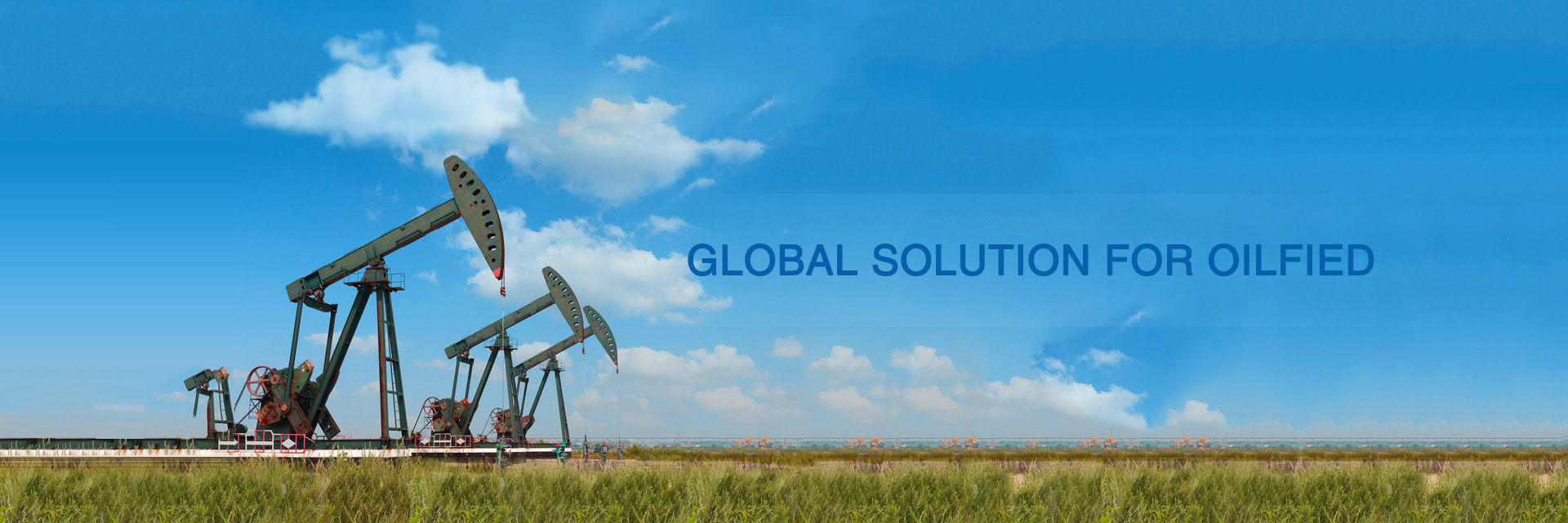

What are the common methods of drilling?
Aug 03, 2020
What are the common methods of drilling? Let's take a look below!
Balanced pressure drilling: During drilling, a drilling method that maintains the borehole
pressure equal to the formation pressure is called balanced pressure drilling.
Jet drilling: Jet drilling is a drilling method that uses the hydraulic effect of the
high-speed jet generated when drilling fluid passes through a jet drill nozzle to improve
the mechanical drilling speed.
Cementing: It is to put a casing string of a certain size into the well and inject cement
slurry around it to fix the casing on the well wall to prevent the well wall from
collapsing. The intent is: to pack loose, easy to collapse, easy to leak and other messy
formations; to isolate oil, gas and water layers to prevent mutual leakage; install the
wellhead to control the oil flow to facilitate drilling or production of oil and gas.
Drill pipe formation test
The formation test of drill pipe is an advanced technology that uses drill pipe or tubing to
lower the formation tester with packer into the well for oil testing. It can be tested not
only in wells that have been casingd, but also in open hole wells that have not been
casingd; it can be tested after drilling is completed, or it can be tested halfway through
drilling.
Cable formation test
After the oil and gas display is found during drilling, a cable tester can be used to obtain
a sample of the fluid in the formation and measure the formation pressure, which is called
the cable formation test. This test method is relatively simple and can be carried out
repeatedly and repeatedly.
Tubing transmission perforation
Tubing transmission perforation is a kind of tubing that brings a perforator downhole. After
perforating, it can directly cause the formation fluid to pass through the tubing to the
ground. It is not necessary to pour a lot of killing fluid into the well during perforation
to prevent bottom contamination. advanced technology.
Rock porosity
The saturation of a fluid refers to the volume percentage of a fluid in the pores of the
reservoir rock. It indicates the degree to which the pore space is occupied by a fluid. When
several phases of fluid fill the pores of the rock, the sum of the saturations of these
phases is 1 (100%).






